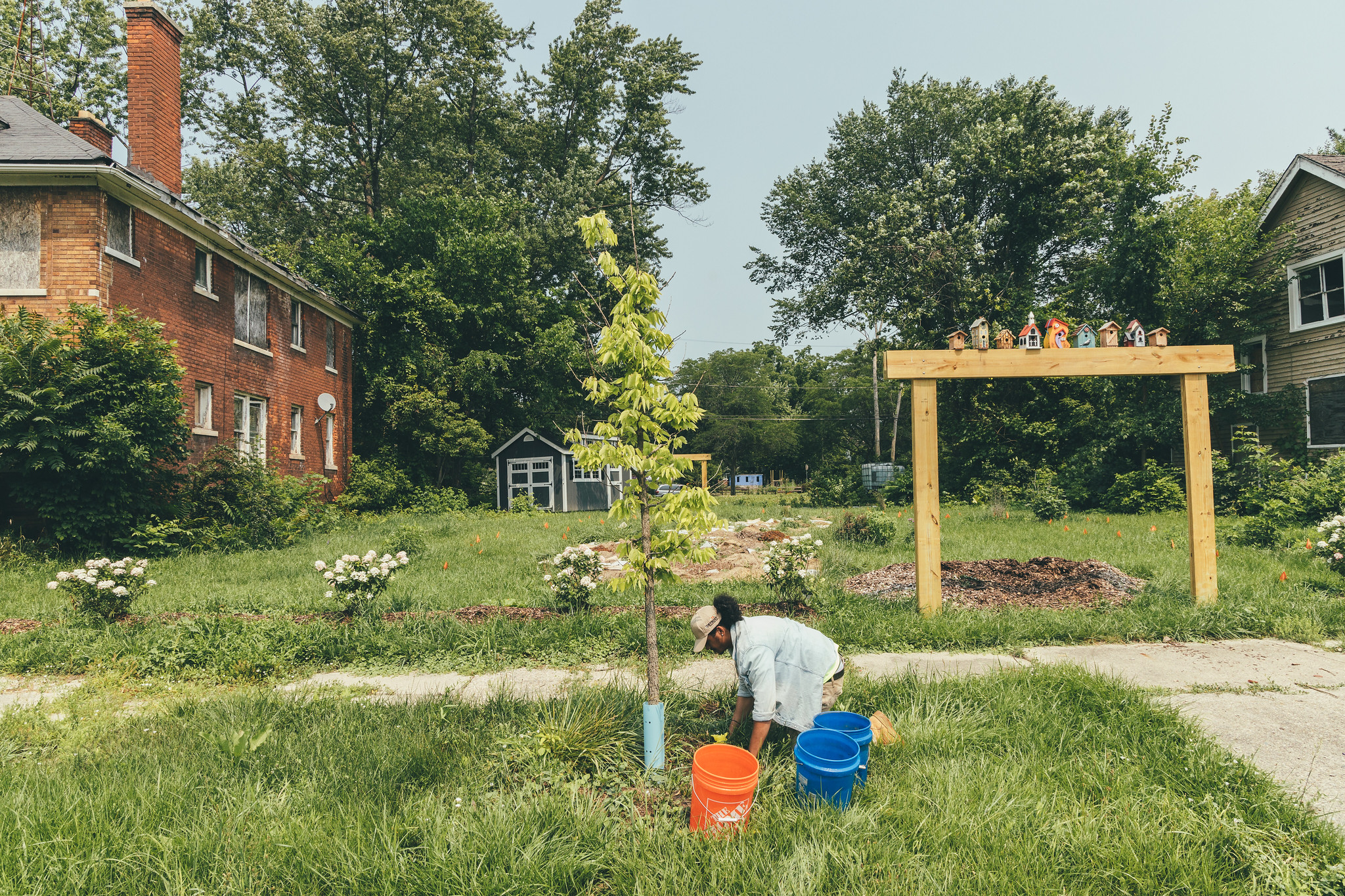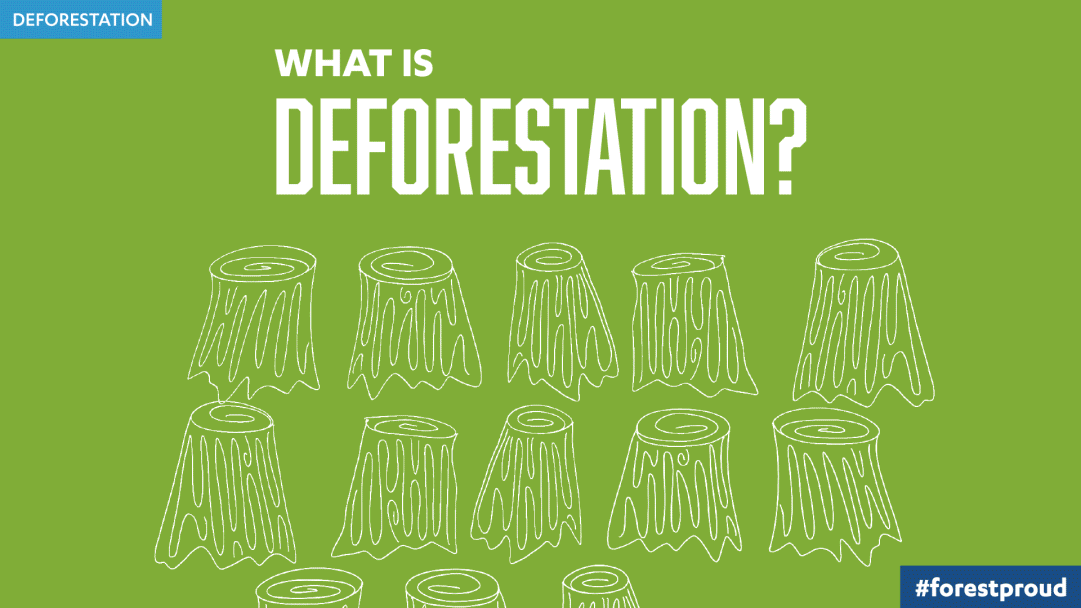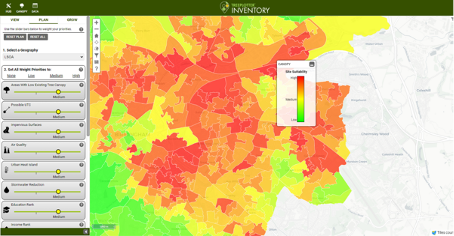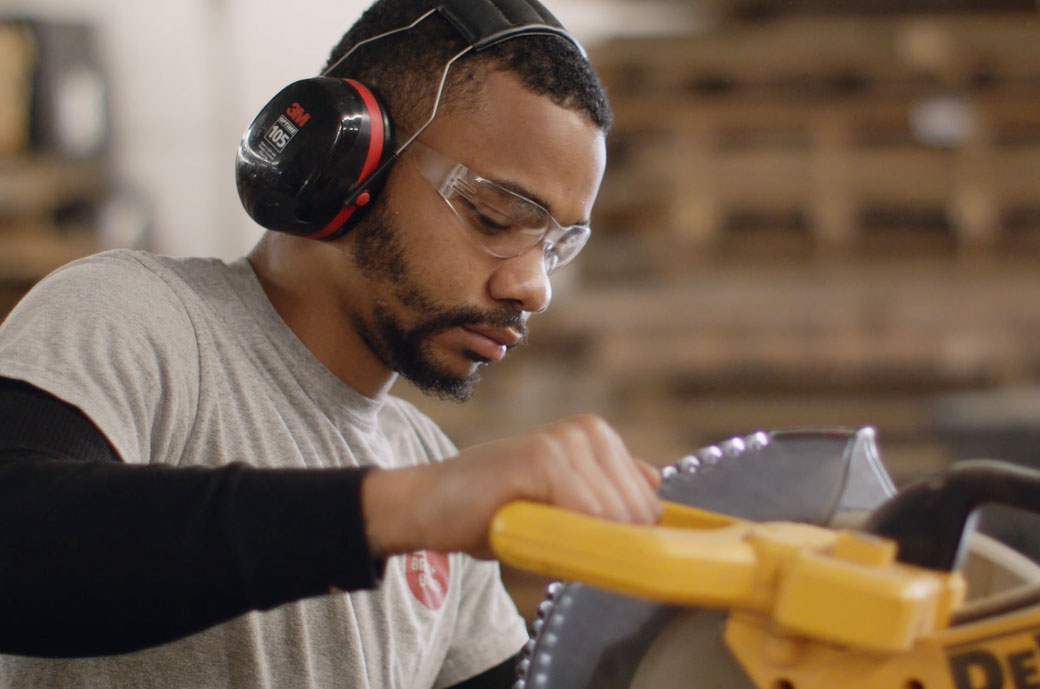Urban Forestry: The Need for Green Among The Gray
Communities need to balance economic, environmental, and climate goals.

Author: Alec Sabatini + Rae Tamblyn
Alec is the content writer at PlanIT Geo™, a global urban forestry consulting and tree management software firm.
Photo Credit: NASF
The positive impact urban trees and forests have on our cities and communities are not only becoming better understood, they’re becoming an essential part of our strategy to achieve meaningful climate goals.
In our previous post, we talked about the origins of Urban Forestry and why urban forests are so important to the health of our cities, communities, and climate. Now we’re going to go one step further and explore what actually goes into managing urban trees and forests and how communities are balancing economic, environmental, and climate goals.
How Communities Manage Urban Forests
The urban environment is a harsh place to thrive as a tree. Like us, the more stressed trees are, the more likely they are to get sick. Trees in urban spaces have a lot of stressors. They have to overcome limited root space, poor soil, heat, and pollution, flood and drought, and lost cat signs nailed to them at 2am.
Yet, there is perhaps an even greater threat to urban forests: development.

Space is always a hot commodity in cities. New housing projects or highway expansions are rarely possible without uprooting some trees, if not whole swaths of forest. (We call this the WUI (woo-wee) or the “Wildland Urban Interface '' where wild lands meet urban.) Land conversion via development is one of the leading causes of deforestation - the permanent clearing of forested land for a new purpose.

In spite of these challenges, urban forests must be maintained, protected, and expanded if they are going to offer vital benefits to communities.
Pulling that off requires careful planning and a skilled workforce. Urban forestry is a multidisciplinary field with professionals in the public, private, and nonprofit sectors. The U.S. urban forestry industry employs over 500,000 people, including municipal and commercial arborists, municipal and utility foresters, environmental policymakers, city planners, consultants, educators, researchers, and community organizers.
Fundamentally, the work of urban forest managers is to monitor the urban forest and then evolve their plans and take action based on that feedback. There are two main methods of monitoring the urban forest, one from the bottom up, the other from the top down:
- A tree inventory is completed on the ground by arborists who assess individual trees on a set of criteria and plot their location.
- An urban tree canopy (UTC) assessment measures a community’s tree canopy cover through the analysis of aerial and/or satellite imagery and other geospatial data.
Communities use this information to guide their actions through long-range plans, such as an urban forest management plan (see an example plan). These plans create a framework for asking what kind of urban forest a community wants to see and envisioning the actions, goals, policies, and metrics to get there. It’s also an opportunity to collect input from many diverse stakeholders (city staff, elected officials, and the community) to develop a shared vision for the future.
With a plan in hand, it’s time for action. Urban forest management is part proactive and part reactive. Urban forest managers can plan out tree plantings, removals, and schedule maintenance, but they will also have to contend with unexpected events, such as storms and pest outbreaks, that require emergency action. These are usually initiated by requests from the public, and an urban forestry program may receive hundreds to thousands of requests every year!
A Green Commitment Worth Keeping
It takes committed professionals, frequently updated data, and evolving plans to support a healthy urban forest. It can be a daunting task, but there are tremendous rewards when done successfully. Unfortunately, a nationwide analysis found 36 million urban trees are removed annually, equating to a loss of $96 million in ecosystem services.
We should not have to pick between living in an urban area or having access to green space. Climate change, and the increasing stress it puts on cities, is only raising the need for healthy, equitably distributed urban forests. Integrating trees, along with other green infrastructure, into our communities is a solution that supports both people and the planet.
How to get involved with your local urban forest
If you would like to support your local urban forest and help support Tree Equity, there are often ample local volunteer opportunities. Try a quick Google search to see if your community has a tree board, forestry-focused nonprofit, or a tree planting event near you and join their next volunteer event. Take a selfie with your tree and tree friends + tag it #forestproud.



